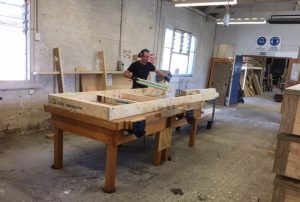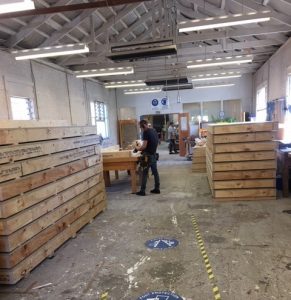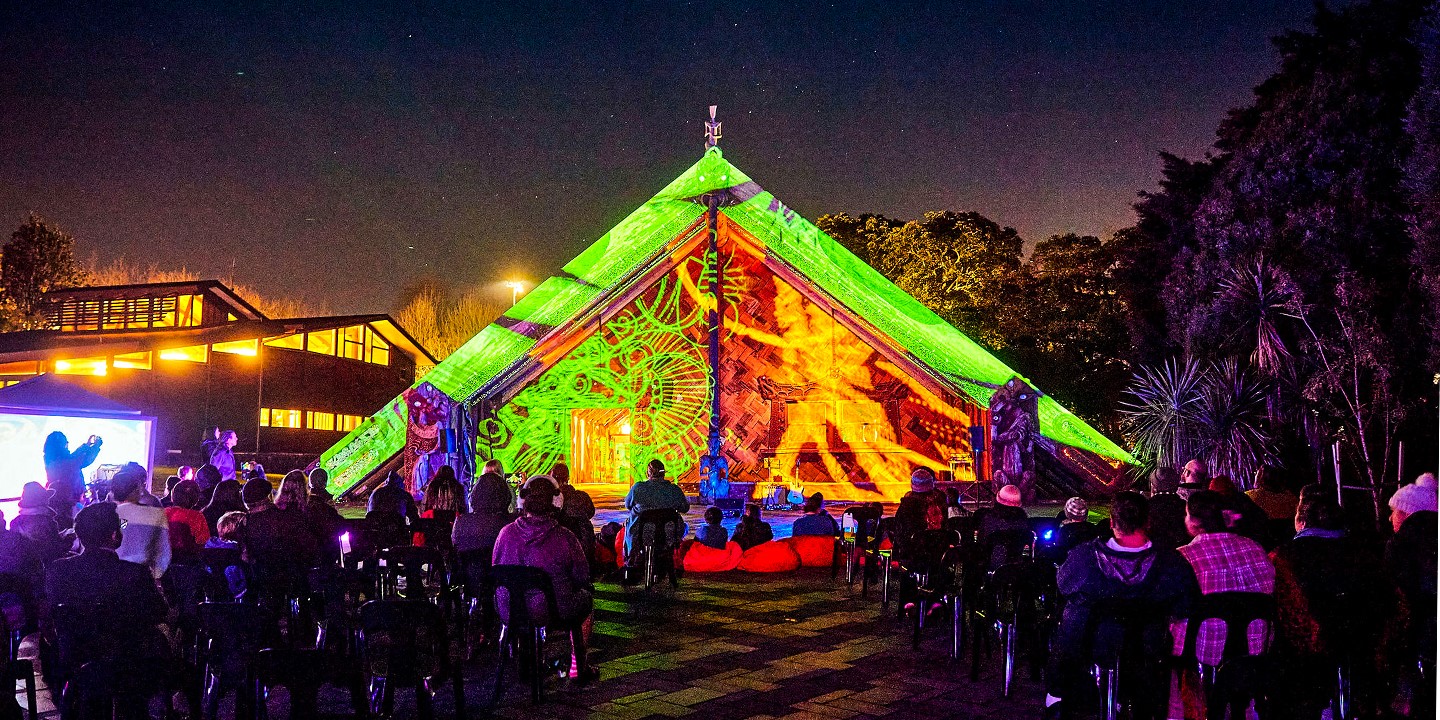Commissioned Science Challenge research on Auckland’s housing supply crisis by three Unitec researchers has recently been published by BRANZ, the Building Research Association of New Zealand.
Unitec supplied Science Challenge Think Pieces on three subjects aiming to aid in solving the significant housing supply problem that Auckland Tamaki Makaurau is currently experiencing.
The research team comprised Roger Birchmore (Building and Construction Services), Yusef Patel (Architecture) and Dr Paola Trapani (Creative Industries) who is now working in Shanghai.
Their work explored medium-density dwelling design and suggested building regulation adjustments, prefabricated house-building methods to small and medium enterprise (SME), and the potential benefits of considering collaborative housing in Auckland planning.
The Mayoral Housing Taskforce Report (2017) indicated that “Over the next 30 years, Auckland’s population is expected to increase by up to a million people. This growth is an opportunity both for the city and New Zealand as a whole, but it comes with challenges.”
“Auckland has to ensure an adequate supply of housing to meet this demand or face growing housing shortages, continued soaring house prices and a fall in home ownership, growing unaffordability of rents, and increased homelessness.”
The Taskforce pinpointed three important areas where changes are needed to deliver more homes in Auckland:
- Remove impediments to the construction sector developing at scale
- Unlock the availability of land with appropriate zoning and infrastructure, at the right price, to enable more development, faster
- Deliver efficient and certain planning, consenting, and risk management to reduce costs, enable innovation in construction and delivery, and create communities with high-quality built and urban form outcomes.
The Think Pieces were commissioned to respond to these areas of concern to identify tactical interventions that can take place without significant legislative or policy change, and systemic interventions that can have greater long-term impact on housing supply outcomes.
Birchmore identifies that national thermal standards have historically been set to minimise winter heating energy in detached houses, but that it is uncertain whether these standards are optimal for the increasing number of joined, medium-density dwellings in both summer conditions also. This study analysed annual heating energy use and summertime peak temperatures for a variety of detached and joined dwellings and offered suggestions to adapt standards to achieve year-round efficiency.
Trapani contends that it is important to avoid thinking of the house just as a commodity on the free market, and that planning should not focus solely on increasing the supply of houses on offer to decrease price. She offers that housing planning should evolve to place a greater emphasis on social use value, and that cooperative housing could play a valuable role in Auckland’s housing ecology.
Patel discussed the Eco-Digital Fabrication (EDFAB) research project in his report, which aimed to investigate how automated prefabrication technologies and off-the-shelf construction products can be employed to disrupt building industry norms. The aim of this research was to provide small-to-medium enterprises in the construction industry with a pathway to up-skill, increase construction productivity, and a produce novel mass-customised housing solutions with these processes.
 As an extension of the EDFAB project, work has begun on a 65 square metre, two-bedroom modular ‘research house’, the elements of which are being built at the Unitec Workshop and then moved to a permanent site on Mt Albert Road.
As an extension of the EDFAB project, work has begun on a 65 square metre, two-bedroom modular ‘research house’, the elements of which are being built at the Unitec Workshop and then moved to a permanent site on Mt Albert Road.
A group of third, fourth and fifth year Architecture students started work on fabricating the project last week which involves CNC cutting sheets plywood sheets and lining them with laminated veneer lumber to form wall, floor, ceiling and decking panels. Wiring and insulation is then installed before construction. The first lot of pre-fabricated panels is due to be transported to the site tomorrow.
Outside contractors are currently prepping the Mt Albert Road site with drain and concrete-laying, installation of piles and addition of bearers. The project, which is part of an ongoing partnership with Carter Holt Harvey Woodproducts and Proclima NZ, is due to be completed in late May.
 Project co-ordinator Patel says the project demonstrates how an automated workshop can be integrated into a conventional timber frame construction process with nearly three quarters of the work taking place on site at Unitec.
Project co-ordinator Patel says the project demonstrates how an automated workshop can be integrated into a conventional timber frame construction process with nearly three quarters of the work taking place on site at Unitec.
Previous iterations of the EDFAB system have seen the 4.0 system to replace a three-tiered primary structure, secondary cladding and tertiary internal lining system with a two-tiered system based on the primary structure-internal and secondary cladding system.
Images: Students at work in the initial stages of the prefabricated Unitec Research House construction.





